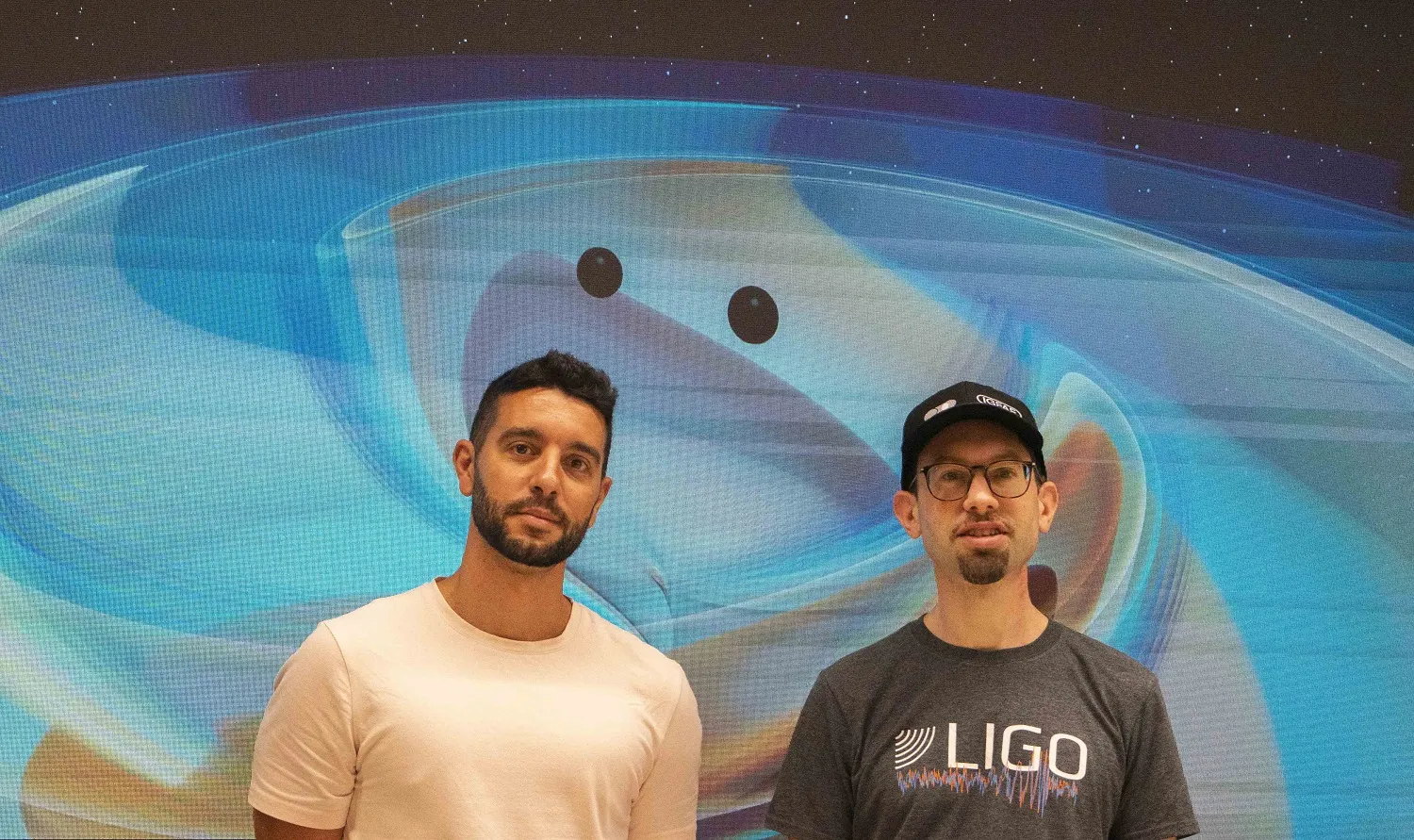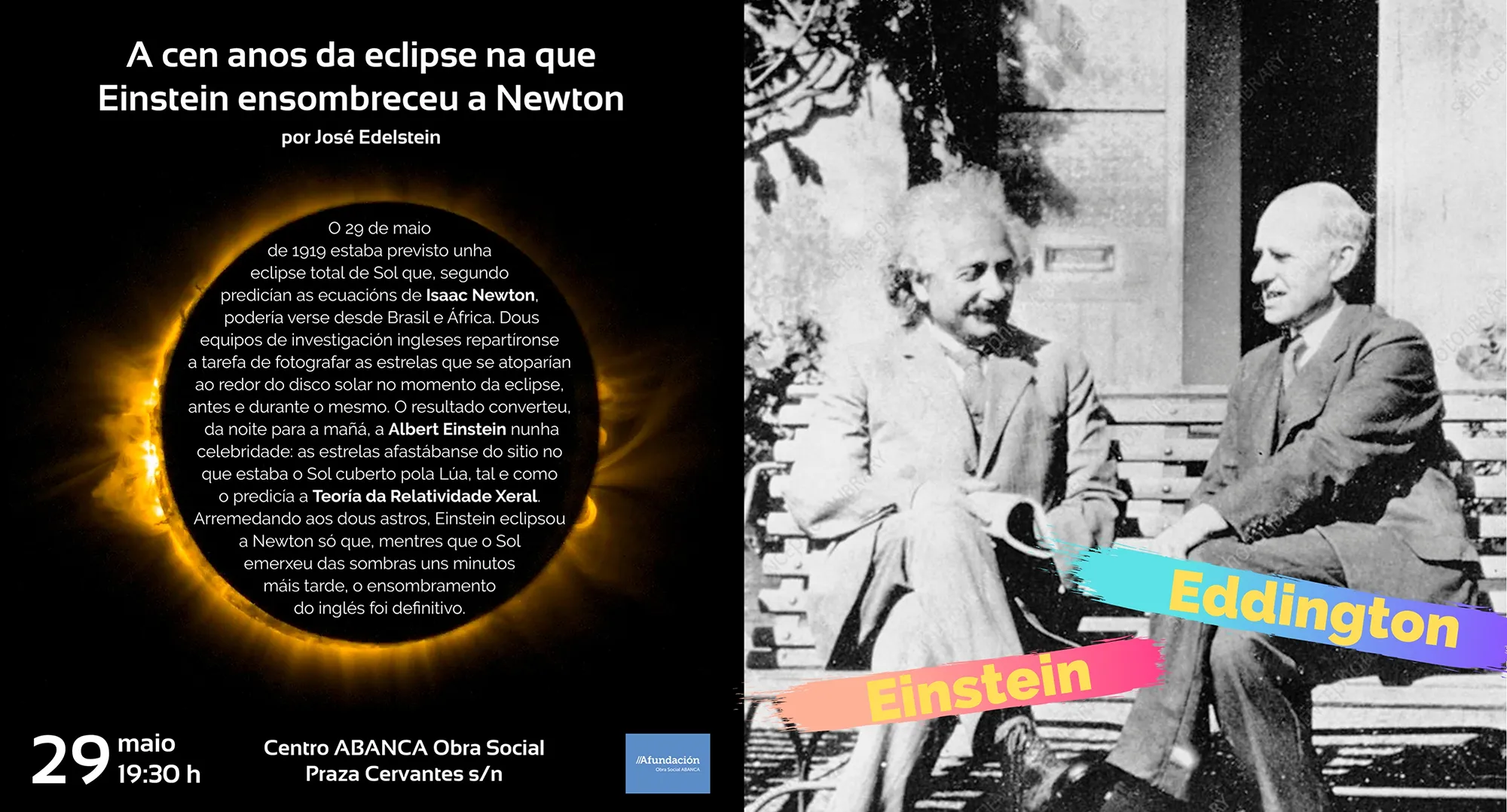Buracos negros chocando no límite da relatividade de Einstein: un achado de récord co protagonismo do IGFAE



28.05.2019

Con motivo do centenario da eclipse total de Sol no que se comprobou por primeira vez unha das predicións da Teoría da Relatividade Xeral de Albert Einstein, o investigador do Instituto Galego de Física de Altas Enerxías (IGFAE) e profesor da USC José Edelstein ofrecerá unha conferencia pública o vindeiro mércores, 29 de maio, ás 19:30 h no Centro ABANCA Obra Social (praza de Cervantes) de Santiago de Compostela.
O 29 de maio de 1919 estaba previsto unha eclipse total de Sol que sería visible desde Brasil e África, segundo predicían as ecuacións de Isaac Newton. A súa lei da Gravitación Universal dominaba a física do momento, pero entraba en conflito coa Teoría da Relatividade Xeral de Albert Einstein, que propoñía que a luz desviaba a súa traxectoria ata o dobre ante a presenza dun obxecto moi masivo debido á curvatura do espazo. Ante a falta dunha evidencia experimental, o astrónomo británico Arthur Stanley Eddington liderou un experimento: utilizar a eclipse de 1919 para fotografar as estrelas que se atopaban ao redor do disco solar antes e durante o evento e así comprobar se se producía a deflexión ou desviación da súa luz ao pasar preto do Sol.
Grazas ao escurecimento do ceo durante a totalidade da eclipse, os dous equipos ingleses que formaron a expedición científica puideron comprobar meses despois ao revelar as placas fotográficas que a posición dalgunhas desas estrelas alterouse. A súa luz, no canto de viaxar en liña recta, desviouse lixeiramente ao pasar preto do campo gravitacional do Sol. Nesta conferencia, o investigador do IGFAE e profesor da USC José Edelstein relatará a historia de como Newton quedou eclipsado definitivamente por Einstein, quen se converteu na celebridade mundial que perdura xusto un século despois.